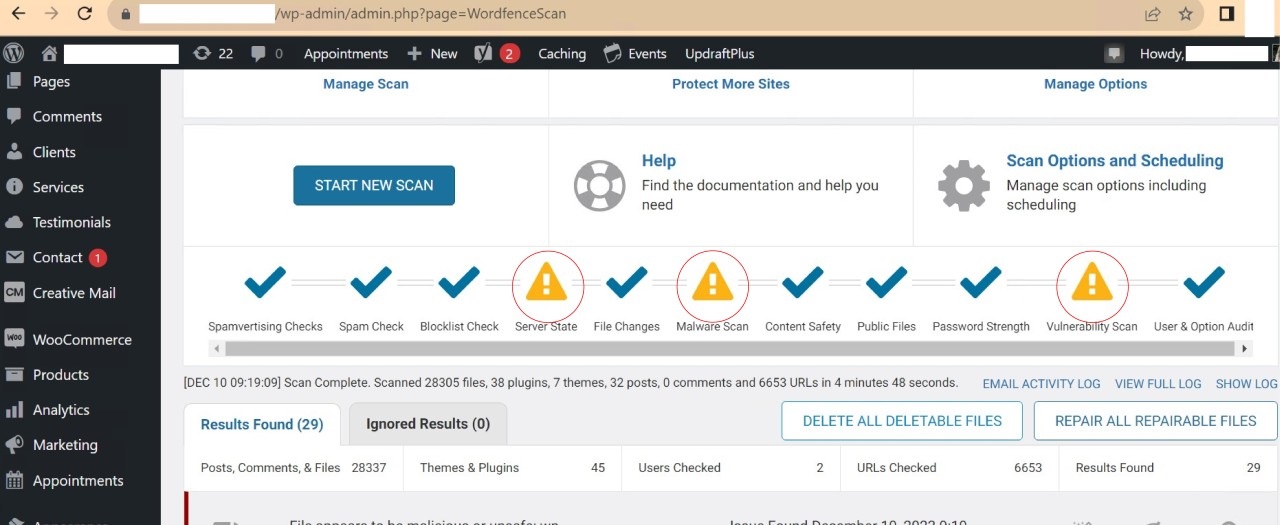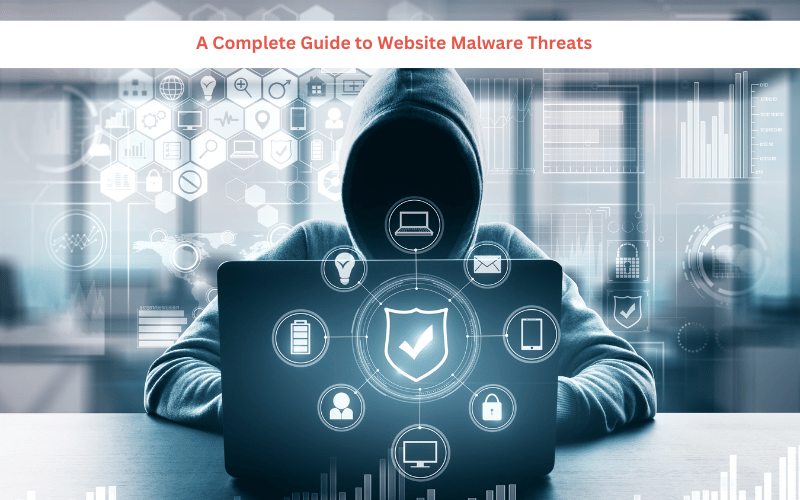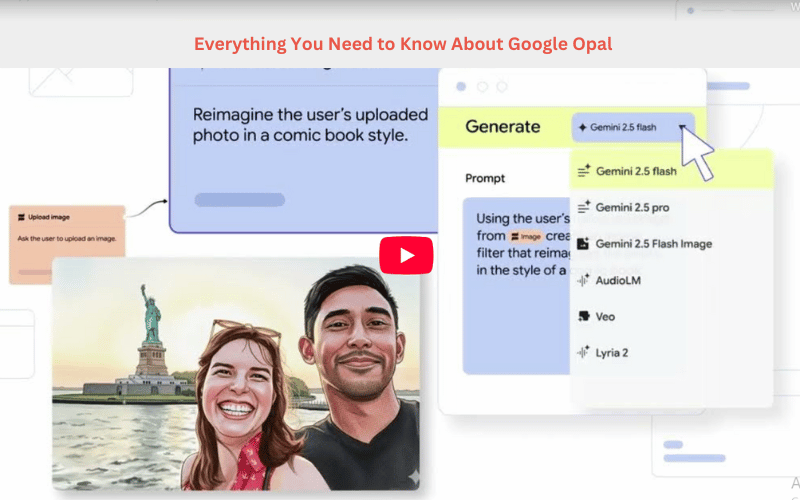The internet has opened up amazing opportunities for businesses, from small local shops that sell online to large companies running multiple websites. But with those opportunities comes a big challenge: the growing problem of website malware. A single infection can break customer trust, push your site down in search rankings, and even lead to lost revenue.
If your business relies on its website to bring in customers, understanding what malware is and how to spot it is not optional anymore—it’s essential.
At OptiWeb Marketing, we often hear from business owners who notice unusual activity on their websites. Many use platforms like WordPress, Shopify, WooCommerce, Wix, or Magento. These platforms are powerful and flexible, but if they aren’t maintained properly, they can become easy targets for hackers.
In this guide, we’ll break down what website malware actually is, how attacks usually happen, the mistakes business owners often make, the tools available to detect threats, and how you can protect your site with the right approach.
What is a Malware Attack on a Website?

Malware is short for “malicious software.” In simple terms, it’s code placed on your website without your permission that does harm.
Once it sneaks in, malware can:
- Steal customer information
- Redirect your visitors to scam sites
- Fill your pages with spam links
- Slow your site down or crash it completely
Unlike a small coding error, malware is deliberately placed by cybercriminals. It can look like spyware, ransomware, trojans, phishing scripts, or SEO spam.
For example, some attackers slip hidden links into your pages to boost their own websites in search rankings. Others install backdoors so they can get in again later, even after you think the problem is fixed.
Not sure if your site is safe? Get a quick check-up before it’s too late.
How Do Malware Attacks Happen?
There’s no single way malware finds its way in; it depends on weak points in your website. Some of the most common include:
Outdated Software
This is the biggest one. If you’re running old versions of plugins, themes, or even your main website platform, hackers can exploit known weaknesses. A WordPress site with outdated plugins or a Magento store that hasn’t had security patches applied is basically an open door.
Phishing Attacks
Hackers often trick users into clicking bad links or typing passwords into fake login pages. Once they have your details, they can get inside and inject harmful code.
Weak Passwords
Using simple passwords like admin123 or reusing the same password across accounts is risky. Automated tools can crack weak logins in seconds. A single stolen password can expose your whole website.
Brute Force and SQL Injection
Hackers also use brute force attacks (trying endless login combinations) or SQL injections (planting malicious code in your database). These give them a way to steal data or take control.
Other Common Tactics
- Cross-Site Scripting (XSS): Injected scripts that steal login data or hijack sessions
- File Upload Exploits: Malicious code hidden inside “innocent” uploads
- Cryptojacking: Hackers use your server to secretly mine cryptocurrency, slowing your site
Mistakes That Leave Websites Open to Malware
Unfortunately, most malware problems don’t happen because hackers are “too smart.” They happen because website owners overlook the basics.
- Skipping Updates: Not updating plugins, themes, or platform software creates weak spots.
- Weak or Reused Passwords: Hackers love simple passwords.
- Unverified Apps: Installing apps or extensions from untrusted sources can open the door to malware.
- Ignoring SSL Certificates: An expired or missing SSL certificate makes it easier for attackers to intercept data.
- No Backups: Without proper backups, recovery after an attack is slow, costly, and stressful.
- Poor Hosting Security: Cheap hosting often cuts corners on security, leaving your website exposed.
If these mistakes sound familiar, don’t wait for an attack to happen.
Tools and Technologies to Detect and Stop Malware
The good news is that businesses don’t have to fight malware blindly. A variety of tools and technologies exist to make detection and prevention much easier.
- Web Application Firewalls (WAF): Blocks bad traffic before it reaches your website.
- Malware Scanners: Tools like Wordfence or Sucuri scan files and highlight suspicious code.
- SSL Certificates: Encrypt data between your site and visitors, protecting sensitive details.
- Intrusion Detection Systems (IDS): Monitors unusual behaviour like repeated login attempts.
- Content Delivery Networks (CDNs): Cloudflare and similar tools protect against DDoS attacks.
- Automated Backups: Quick recovery is possible if you have a recent clean backup.
For Canadian businesses trying to balance growth with security, using a mix of these tools creates a strong safety net.
Malware Threats Across Different Platforms
Each website platform comes with its own risks. Knowing what they are makes it easier to prevent problems.
WordPress

WordPress is hugely popular, but its reliance on third-party plugins makes it a big target. Outdated or poorly coded plugins are one of the most common entry points. We recommend using trusted plugins, enabling two-factor authentication, and scanning regularly.
Shopify

Shopify is more secure out of the box, but risks still exist. Installing apps that aren’t verified or falling for phishing scams are the biggest dangers. At OptiWeb Marketing, as a Shopify web development company, we help clients audit apps, secure logins, and set up extra layers of protection.
WooCommerce

WooCommerce runs on WordPress, so it shares many of the same risks. Because it handles sensitive payment data, hackers often target it with credit card skimming malware. We focus on secure payment gateways, compliance checks, and server monitoring as part of our WooCommerce website development services.
Magento

Magento is built for larger eCommerce stores. Its power comes with complexity, which means it needs constant attention. Outdated Magento sites are a favourite for hackers. Attacks include bot traffic, brute force attempts, and card skimmers. As part of our Magento website development solutions, we handle patching, server security, and advanced firewall setups.
How OptiWeb Marketing Protects Your Website?
At OptiWeb Marketing, we know your website is more than just a digital storefront—it’s the core of your online business. That’s why our approach combines web marketing services with hands-on security practices.
- We keep your website platform, themes, and plugins updated.
- We set up firewalls, scanners, and automated backups for quick recovery.
- We perform regular security audits so you’re not caught off guard.
- We provide education so you and your team understand how to avoid risks.
Whether you’re looking for a secure Shopify store, a tailored WooCommerce solution, or full Magento website development, our team makes sure your website is optimized, protected, and ready to grow.
Final Thoughts
Website malware isn’t going away—it’s only getting smarter. But with the right steps, you can keep your business safe. By updating regularly, avoiding common mistakes, and using proven security tools, you reduce the chances of ever dealing with an infection.
And if you want peace of mind, working with a trusted website optimization agency like OptiWeb Marketing means your website will be protected and optimized to perform at its best.
Your website is too important to take risks with. Take action today before hackers do.











